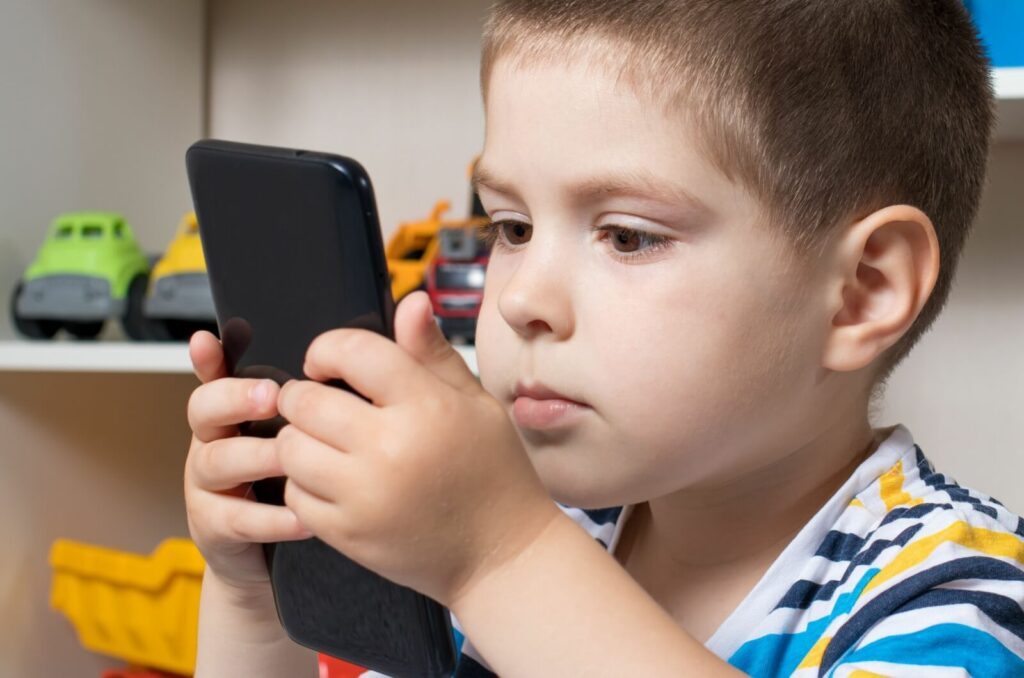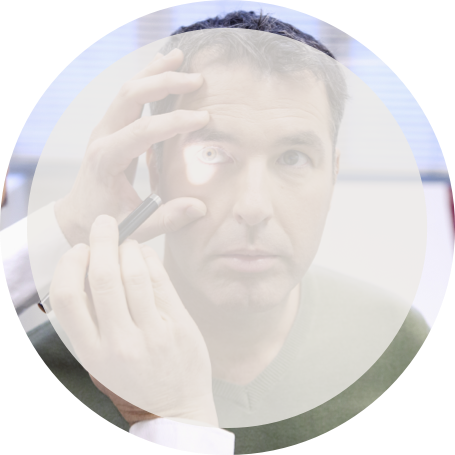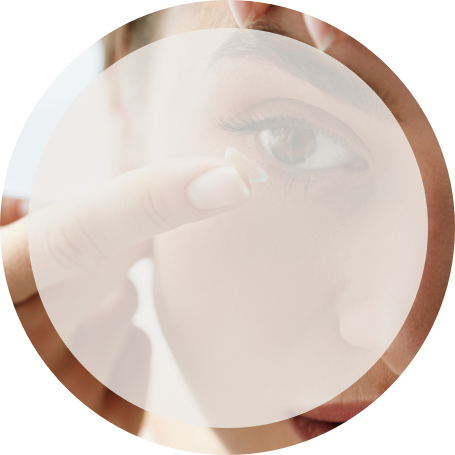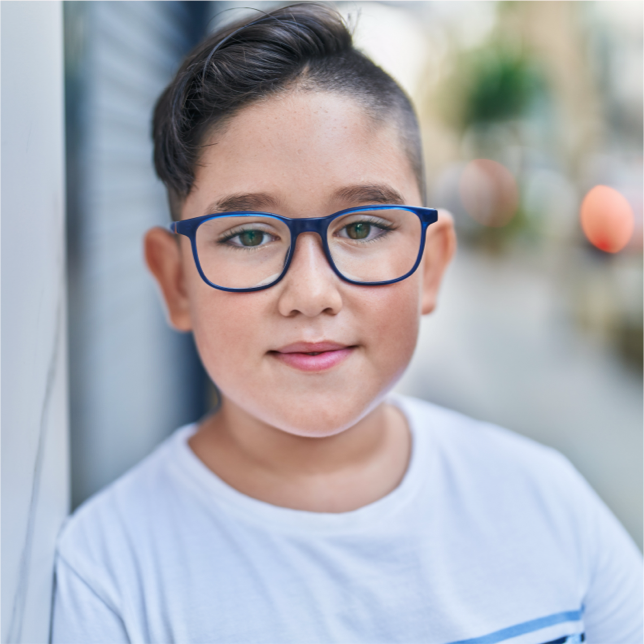Myopia or nearsightedness is increasingly a global concern, with more and more children every year exhibiting signs of the condition. Unsurprisingly, many parents are interested in controlling their child’s myopia and preventing it from getting any worse. But what kinds of options are available for myopia control?
Today, we’re going to look at one specific treatment—MiSight contact lenses. But what are they?
MiSight contact lenses are a disposable, single use soft lens designed to to control myopia (nearsightedness) in children who start wearing them between the ages of 8-12. MiSight lenses help keep nearsighted children’s vision from continuing to get worse as they grow.
First, we’ll have a look at what—exactly—myopia is, and then we’ll discuss how MiSight contact lenses can help with myopia control.
What is Myopia?
Myopia or nearsightedness is a common so-called “refractive error” that makes faraway objects look blurry, while objects up close look clear. Myopia occurs when the eye’s shape causes light to be focused (refracted) in front of the retina (the part of the eye that converts light into signals for the brain) rather than directly onto it.
This misfocusing is a product of the shape of the eye—either because the eyeball is too long when measured front to back, or because of the shape of the cornea (the eye’s front layer) or lens (which helps you focus).
Common symptoms of myopia include:
- Difficulty seeing faraway objects
- Eye strain
- Having to squint to see well
Normally, myopia develops during childhood, then stabilizes as a person grows older. While myopia can seem like a minor condition, severe forms come with an increased risk of complications later in life. Some of these complications include:
- Retinal detachment
- Cataracts
- Glaucoma
Because myopia can develop early in a child’s life, it’s recommended that children get their first eye exam early so that treatments can begin if necessary.
Myopia in Children
Once myopia develops, it can’t be cured. Adults with the condition can treat it with glasses or contact lenses, or they can opt for refractive surgeries that change how the eye focuses light. However, these strategies don’t actually deal with myopia—they only counteract its effects on our vision. The risk of developing the eye conditions listed above are still present.
Children’s eyes, though, are still growing and changing every year. This has allowed for therapies that slow the progression of myopia—meaning that children can grow up with a milder version of the condition.
Some of these therapies include:
- Specialized multifocal lenses (MiSight): These lenses are designed to focus light in ways that “tell” the eye to stop growing in ways that make a child’s myopia worse.
- Low concentration atropine drops: If administered daily, these drops can help prevent the onset or progression of myopia.
- Orthokeratology (ortho-k) lenses: These lenses are worn at night, and reshape the cornea while the wearer sleeps. The lenses aren’t worn during the day. While most benefits disappear if the lenses are discontinued, some evidence suggests long term benefits for slowing myopia.
Risk factors for myopia include high screen time and less time spent outdoors, so making your child spend time outside might help reduce their chances of getting the condition. It is recommended children spend at least 2 hours engaging in outdoor activities per day.

MiSight Lenses & Myopia
What are MiSight lenses?
MiSight contact lenses are the first FDA-approved lens that slow the progression of myopia in children. These lenses have been shown to work in children who were between 8-12 at the time that they began treatment.
MiSight contact lenses are of the daily disposable type—meaning that each lens is designed to be worn for one day before being discarded. This kind of lens is the safest kind of soft contact lens, and is appropriate for use by children with guidance from their eye care professional.
How Do MiSight Lenses Work?
MiSight lenses are what is known as a dual-focus (multifocal) soft contact lens. This means that the lens has two different areas of focus–one for distance, and one for near correction.
Dual-focus contact lenses have been shown to slow down myopia progression in children. The lenses work by changing how light is focused onto peripheral parts of the retina. When light is focused to fall in front of the peripheral retina, this can signal the eye to stop growing, which in turn prevents myopia from progressing.
What Are the Benefits of MiSight Lenses?
By controlling myopia, MiSight lenses can help preserve your child’s vision and prevent it from getting worse. This, in turn, reduces the chance that they will develop severe myopia.
Because severe myopia is associated with a variety of potentially threatening eye conditions, MiSight lenses can also have beneficial knock-on effects later in life.
In the near term, MiSight lenses correct your child’s sight and help to keep their vision clear.
Should My Child Use MiSight Lenses?
MiSight lenses are usually purchased from your eye care professional as part of a plan for controlling myopia. As with all medical treatments, it’s best to consult your eye doctor to determine whether MiSight or another treatment option would be best for you and your child’s health.If you have any questions, simply want more information, or are interested in options for myopia control for your child, book an appointment today at Family Vision Care. We’re passionate about you and your family’s eye health.
















